10 Best Value Cities for 2011
What\'s top value in a place to live?

What\'s top value in a place to live? Our Best Cities list this year focuses on metro areas with vibrant economies, reasonable living costs, and great amenities.
A mix of midwest and southern cities, our 2011 lineup has several common themes:1) partnerships that have been vital to nurturing business environments that attract employers and high-paying jobs, 2) low housing costs, and 3) quality of life.
To identify the winners, Kiplinger\'s teamed up with Kevin Stolarick, research director at the Martin Prosperity Institute, a think tank that studies economic prosperity. The cost-of-living index is based on the national average of 100. Cities with a score below 100 have a lower cost-of-living. Then our staff reporters visited each of the top ten cities to help determine the final rankings.
Check out our picks, and share your thoughts in our reader comment box below.
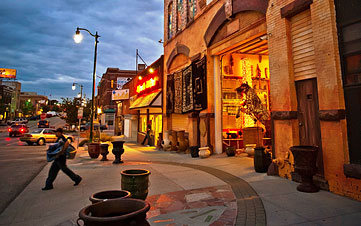
1. Omaha, Neb.
Population (metro): 829,702
Unemployment rate: 4.6%
Cost-of-living index: 90.3
Median household income: $53,457
A revamped downtown and waterfront area has helped boost the economy and attract a fresh generation of entrepreneurs to Omaha. New businesses such as Paypal have moved to the area to take advantage of ubiquitous, cheap broadband access and Omaha\'s vaunted midwestern work ethic.
Omahans insist on value, and when it comes to housing, they get it. A brand-new, 3,800-square-foot home with four bedrooms and three baths in a western suburb (still just 20 minutes from downtown) runs $275,000, for example. But a lot of amenities -- especially in the arts -- are cheap or just plain free. We think it\'s the best value city in the U.S. today.
Learn more about Omaha:
Best Value Cities 2011: Read about Omaha\'s affordability & culture
VIDEO: Take a walking tour of Omaha

2. Charlotte, N.C.
Population (metro): 1,641,257
Unemployment rate: 10.4%
Cost-of-living index: 93.0
Median household income: $53,168
Headquarters to Bank of America, the nation\'s largest bank measured in total deposits, and Duke Energy, which may soon become the largest utility in the country, Charlotte also has a blossoming small-business sector. Its location -- midway between Virginia Tech and Georgia Tech, between N.C. State and Clemson -- puts it in a sweet spot for tapping engineering talent.
Residents benefit from wallet-friendly utility rates and low taxes. Plus, reasonable construction costs and a stock of cheap local materials hold housing costs to just 80% of the national average.
Learn more about Charlotte:
Best Value Cities 2011: Read about Charlotte\'s affordability & culture
VIDEO: Take a walking tour of Charlotte

3. Nashville, Tenn.
Population (metro): 1,520,649
Unemployment rate: 8.5%
Cost-of-living index: 90.7
Median household income: $51,352
The Music City is making a strong comeback from the recession and is expected to add more than 151,000 jobs by 2019 -- an annual rate that\'s higher than the national average. The majority of the new openings will be in the education and health-services fields. Top employers include Vanderbilt University, Hospital Corporation of America and Nissan North America.
Learn more about Nashville:
Best Value Cities 2011: Read about Nashville\'s affordability & culture
VIDEO: Take a walking tour of Nashville

4. Colorado Springs, Colo.
Population (metro): 608,000
Unemployment rate: 9.3%
Cost-of-living index: 92.0
Median household income: $56,576
To keep employment rising, Colorado Springs woos companies with tax incentives and a highly educated workforce (nearly 36% of residents are college grads, compared with 28% nationwide). It\'s a regional hub for Hewlett-Packard, T-Mobile and Progressive Insurance, among other big national employers.
The average home sale price is under $230,000; monthly rent on a two-bedroom apartment is less than $800. Utility costs are exceptionally low, about $222 per month for electricity, water and gas and trash collection. And the setting at the foot of the Rocky Mountains is spectacular.
Learn more about Colorado Springs:
Best Value Cities 2011: Read about Colorado Springs\' affordability & culture
VIDEO: Take a walking tour of Colorado Springs

5. Knoxville, Tenn.
Population (metro): 680,629
Unemployment rate: 7.7%
Cost-of-living index: 89.7
Median household income: $45,727
Knoxville has managed to avoid the sharpest impact of the Great Recession, thanks to the Tennessee Valley Authority (still the nation\'s largest public utility), the University of Tennessee and Oak Ridge National Laboratory. Economic steadiness is attracting new businesses, such as Vermont-based Green Mountain Coffee Roasters, which came to the area in 2008.
Learn more about Knoxville:
Best Value Cities 2011: Read about Knoxville\'s affordability & culture
VIDEO: Take a walking tour of Knoxville
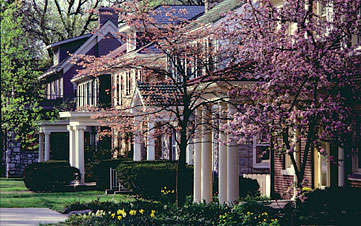
6. Lexington, Ky.
Population (metro): 455,593
Unemployment rate: 7.8%
Cost-of-living index: 89.1
Median household income: $48,158
Lexington\'s diversified economy has largely shielded it from the ravages of recession. The University of Kentucky, the area\'s largest employer, recently opened a major new wing to its hospital, fueling the already-thriving local health care sector; other big employers include Lexmark and Toyota. A commercial development department at the university and an active local network of angel investors provides fertile ground for start-ups.
Learn more about Lexington:
Best Value Cities 2011: Read about Lexington\'s affordability & culture
VIDEO: Take a walking tour of Lexington
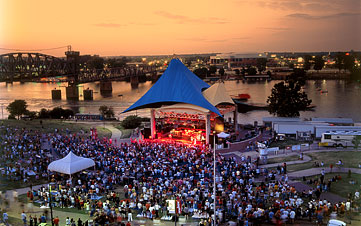
7. Little Rock, Ark.
Population (metro): 666,248
Unemployment rate: 7.0%
Cost-of-living index: 94.1
Median household income: $46,120
Little Rock\'s job market boasts a diverse economy, including a 500-employee Caterpillar factory in North Little Rock, the headquarters of IT company Acxiom, and world-class medical centers. The completion of the Clinton Presidential Library in 2004 sparked a downtown renaissance, including construction of hundreds of high-rise condos. The city was cushioned from the recession somewhat by more than $1 billion in new corporate investments in 2007 and 2008, during which unemployment remained just below 8%.
Learn more about Little Rock:
Best Value Cities 2011: Read about Little Rock\'s affordability & culture
VIDEO: Take a walking tour of Little Rock
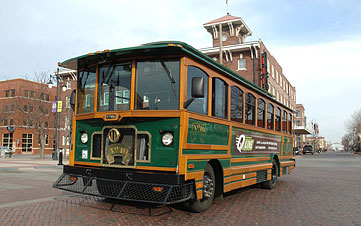
8. Wichita, Kan.
Population (metro): 596,643
Unemployment rate: 7.6%
Cost-of-living index: 92.5
Median household income: $48,508
Several aviation manufacturing and research companies, including Spirit AeroSystems and Cessna Aircraft, set the tone for commerce in Wichita. Some of the companies have suffered significant layoffs in recent years -- and the city\'s job growth overall may be sluggish through 2011 -- but Kansas is invested in helping a key industry fly high, and engineers continue to be in demand here.
Wichita has a high livability factor often only found in towns a fraction of its size: People are friendly, commutes are short, and the cost of living is unusually low. A suburban house with 3,466 square feet of space, an updated kitchen, five bedrooms and a finished basement was recently listed for $264,900.
Learn more about Wichita:
Best Value Cities 2011: Read about Wichita\'s affordability & culture
VIDEO: Take a walking tour of Wichita

9. Cedar Rapids, Iowa
Population (metro): 251,948
Unemployment rate: 5.6%
Cost-of-living index: 92.9
Median household income: $52,298
Question: Which city is home to, or close by, 30 Fortune 500 Companies, more than a dozen foreign corporations, and serves as a Midwestern hub for the high-tech, health care and financial sectors? And you thought Cedar Rapids was just home to Quaker Oats. Its economy is bouncing back from a 2008 flood that submerged the downtown district, causing businesses to flee. The city recently broke ground on a $100 million convention complex and is planning a $50 million library, both slated for completion in 2013, which will bring jobs to the area.
The average home price here is just $155,000, which will buy you a four-bedroom, one-and-a-half bath residence with a large backyard in a nice neighborhood. For $500,000, you can come home to a countryside mansion, with seven bedrooms, three fireplaces, hardwood floors and an exercise studio.
Learn more about Cedar Rapids:
Best Value Cities 2011: Read about Cedar Rapid\'s affordability & culture
VIDEO: Take a walking tour of Cedar Rapids
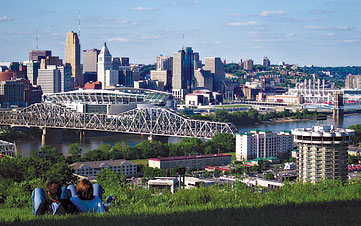
10. Cincinnati, Ohio
Population (metro): 2,140,796
Unemployment rate: 8.5%
Cost-of-living index: 93.3
Median household income: $53,329
Cincinnati\'s diverse economy, with ten Fortune 500 companies, including Kroger, Macy\'s and Procter & Gamble, is making a strong comeback from the recession. The unemployment rate has fallen to 8.5% from 9.4% a year ago. Plus, the city is benefiting from a $2.6 billion redevelopment of the downtown that began several years ago with the construction of the Great American Ball Park (home to the Reds) and Paul Brown Stadium (home to the Bengals).
The cost-of-living is about 7% below the national average. Cincinnati has several distinct neighborhoods; even in the most desirable ones, you can find a four-bedroom home for about $300,000.
Learn more about Cincinnati:
Best Value Cities 2011: Read about Cincinnati\'s affordability & culture
VIDEO: Take a walking tour of Cincinnati
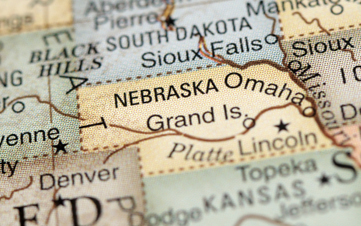
More From Kiplinger
COMPLETE GUIDE: 10 Best Value Cities, 2011
VIDEO: Virtual Tours of the Top 10 Best Cities
TOOL: Which City Fits You?
TOOL: How Does Your Area Stack Up?
SLIDE SHOW: 11 Comeback Cities for 2011
DISCUSS: Best Value Cities on Facebook
Get Kiplinger Today newsletter — free
Profit and prosper with the best of Kiplinger's advice on investing, taxes, retirement, personal finance and much more. Delivered daily. Enter your email in the box and click Sign Me Up.
-
 Stock Market Today: Stocks Soar on China Trade Talk Hopes
Stock Market Today: Stocks Soar on China Trade Talk HopesTreasury Secretary Bessent said current U.S.-China trade relations are unsustainable and signaled hopes for negotiations.
By Karee Venema
-
 2026 Disney Dining Plan Returns: Free Dining for Kids & Resort Benefits
2026 Disney Dining Plan Returns: Free Dining for Kids & Resort BenefitsPlan your 2026 Walt Disney World vacation now. Learn about the returning Disney Dining Plan, how kids aged three to nine eat free, and the exclusive benefits of staying at a Disney Resort hotel.
By Carla Ayers
-
 12 Great Places to Retire in the Midwest
12 Great Places to Retire in the MidwestPlaces to live Here are our retirement picks in the 12 midwestern states.
By Stacy Rapacon
-
 10 Cheapest Small Towns to Live In
10 Cheapest Small Towns to Live InThe cheapest small towns might not be for everyone, but their charms can make them the best places to live for plenty of folks.
By Dan Burrows
-
 Best Cold Weather Places to Retire
Best Cold Weather Places to RetirePlaces to live Some like it hot; others not so much. Here are the 12 best places to retire if you can't stand the heat.
By Stacy Rapacon
-
 The Cheapest Places To Retire in the US
The Cheapest Places To Retire in the USWhen you're trying to balance a fixed income with an enjoyable retirement, cost of living is a crucial factor to consider.
By Stacy Rapacon
-
 The Six Best Places to Retire in New England
The Six Best Places to Retire in New Englandplaces to live Thinking about a move to New England for retirement? Here are the best places to land for quality of life, affordability and other criteria.
By Stacy Rapacon
-
 Best Cold Weather Places to Retire
Best Cold Weather Places to Retireplaces to live Some like it hot; others not so much. Here are the 12 best places to retire if you can't stand the heat.
By Stacy Rapacon
-
 15 Ways to Prepare Your Home for Winter
15 Ways to Prepare Your Home for Winterhome There are many ways to prepare your home for winter, which will help keep you safe and warm and save on housing and utility costs.
By Donna LeValley
-
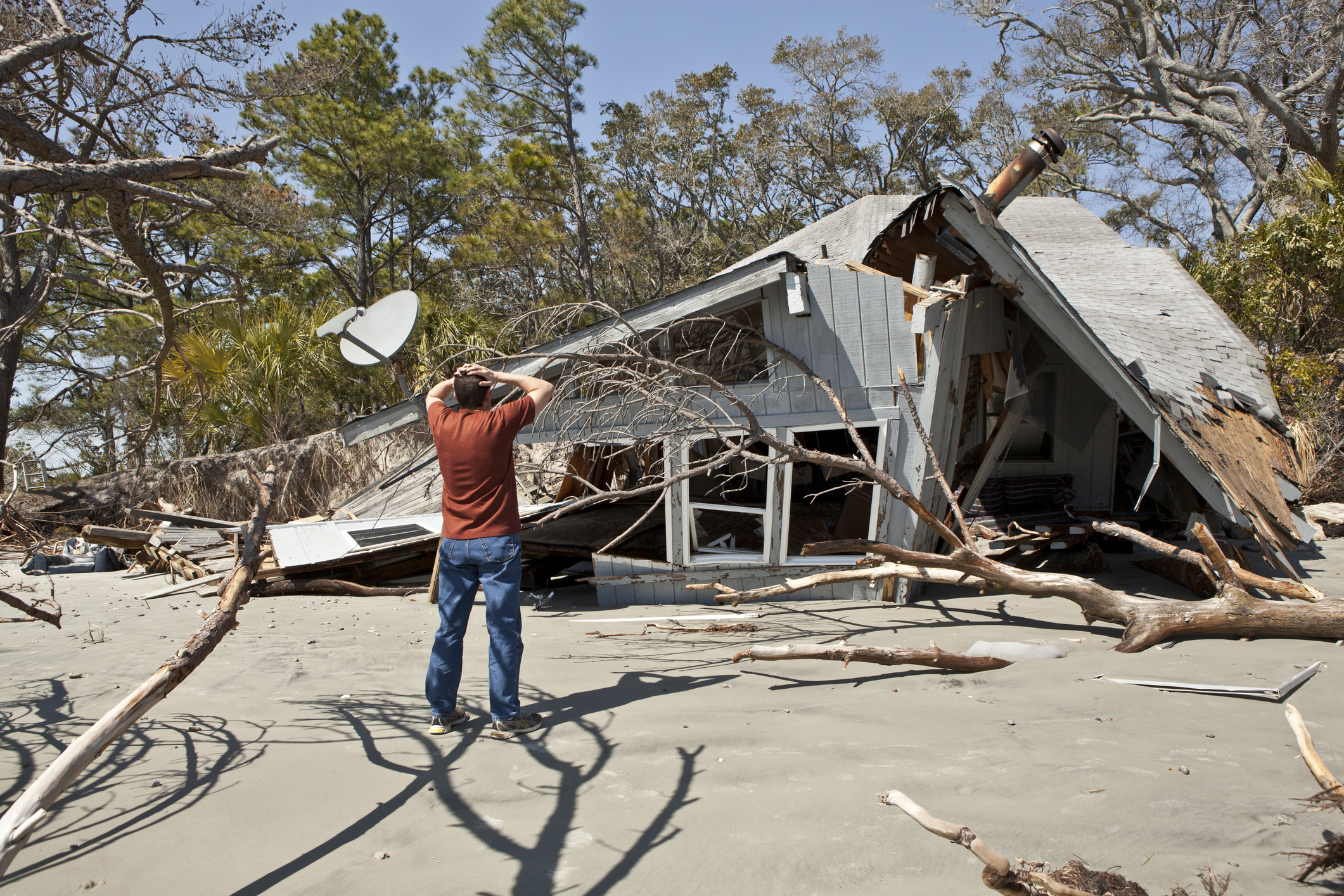 Hurricane Insurance Claims: 10 Things You Need to Know
Hurricane Insurance Claims: 10 Things You Need to KnowBecoming a Homeowner Hurricane damage? Know what your insurance will and won't cover to make the most of your policy if you need to file a claim.
By Kimberly Lankford
